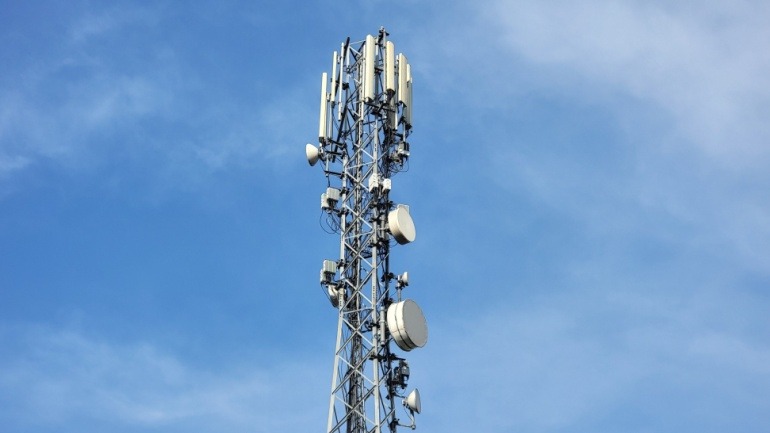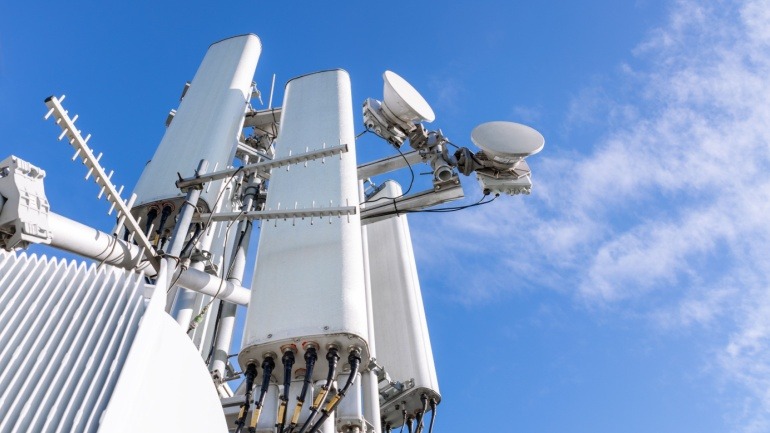Bharti Airtel’s latest acquisition of 400MHz 26GHz spectrum from Adani Data Networks marks a pivotal move to bolster its 5G services. This acquisition enhances Airtel’s 5G footprint across key Indian regions and addresses high-capacity use cases like Fixed Wireless Access and enterprise solutions.
KDDI and AMD’s partnership marks a strategic move to enhance 5G virtualized networks by 2026. Leveraging AMD’s 4th Gen EPYC processors, the collaboration aims to optimize network performance and energy efficiency to meet rising wireless data demand.
Vodafone and A1 Group have achieved a major milestone by enabling seamless 5G Standalone roaming between networks. This breakthrough, powered by Ericsson’s technology and global standards, ensures secure, high-quality connectivity and sets the stage for enhanced mobile experiences across Europe and beyond.
U Mobile is transforming Malaysia’s 5G landscape by partnering with Huawei and ZTE to deploy the country’s second 5G network. Aiming for 80% population coverage within a year, U Mobile emphasizes robust 5G performance. This strategic move aligns with government efforts to boost competition and service quality.
Shanghai has become China’s first mega-city to achieve comprehensive 5G coverage throughout its entire metro system. This milestone spans all 21 metro lines, significantly enhancing Shanghai’s transportation network with real-time operations, predictive maintenance, and smart urban transit.
Telia Finland demonstrated its 5G network slicing by remotely operating an armoured vehicle nearly 100 kilometres away during military drills in Lapland. The successful test highlights how advanced connectivity can enable real-time control for defence applications, marking a significant step in unmanned systems and secure cross-border cooperation amid Finland’s evolving security landscape.
Beijing’s ambitious plan for integrating 5G technology into daily life by 2027 promises revolutionary changes in sectors such as healthcare and education. The city aims for 100% 5G user penetration, with 75% of network traffic utilizing 5G.
Nokia, Digita, and CoreGo are teaming up to deploy private 5G networks at major events, boosting secure, real-time connectivity for payments, ticketing, and operations. The flexible, scalable systems promise smoother experiences for attendees and staff.
Germany’s antitrust authority has accused Vodafone and Vantage Towers of blocking 1&1’s 5G rollout by withholding promised tower access. The delay, the regulator claims, harms competition and could have been avoided.
The Global Mobile Suppliers Association (GSA) is championing the development of 5G Reduced Capability, known as RedCap, by forming a focused group. This initiative is crucial for propelling 5G’s ecosystem forward, backed by industry giants like Ericsson, Huawei, Qualcomm, and MediaTek.













